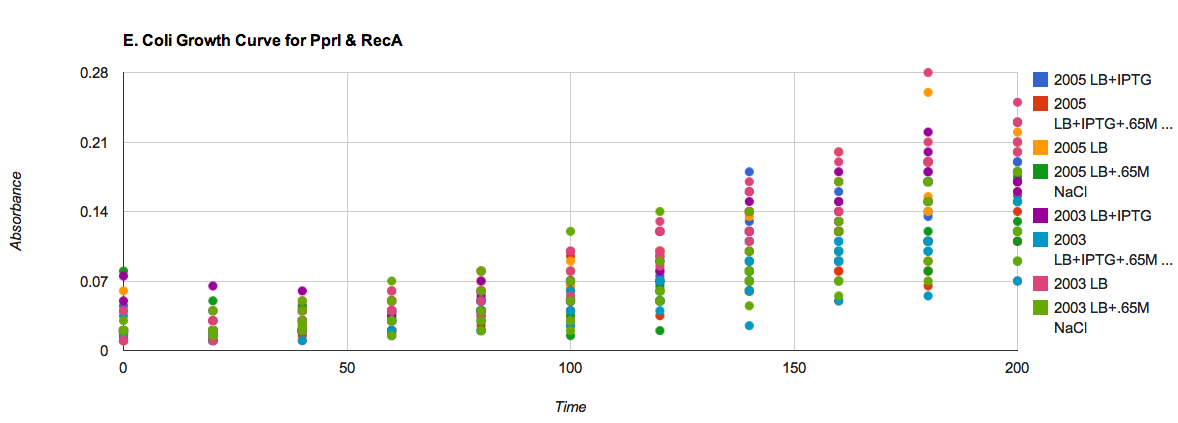Team:Glendale CC AZ/Project
From 2013.igem.org
| Home | Team | Official Team Profile | Project | Parts Submitted to the Registry | Modeling | Notebook | Safety | Attributions | Human Practices |
|---|
Yanet
Contents |
Overall project
Tell us more about your project. Give us background. Use this is the abstract of your project. Be descriptive but concise (1-2 paragraphs)
Desert areas make up almost one quarter of the Earth's surface and are home to 500 million people. They are found all over the world: Africa, North and South America, Australia, and Asia. Studies of desert regions’ future climate show that they face an even drier future due to human activities- climatic factors and drought conditions. Glaciers are predicted to keep melting which threatens water availability in some areas. Glaciers provide for a large portion of the water used for agricultural and domestic purposes in deserts in the southwestern United States, Central Asia and South America. Irrigation used for agriculture, may in the long term, lead to salt levels in the soil that become too high to support plants. Rainfall is predicted to fall by as much as 20% by the end of the century. Low rainfall increases drought causing groundwater reserves to not refill, water sources to become depleted, wells to run dry, plants and animals to die and humans to migrate to more hospitable regions. Human migration creates problems in the urban and rural areas not yet affected by desertification creating a vicious cycle which accelerates desertification even further. So, the world’s deserts are growing and non-desert regions are becoming drier.
What would happen if an area is affected by plastic pollution, mining reagents, or sewage runoff but the organisms used to bio-remediate these problems can’t survive its dry and high salinity conditions? Our team has developed a kit that can be used to provide desiccation resistance to organisms used to solve other problems in desert-like environments.
 "
"
